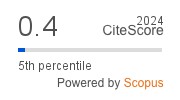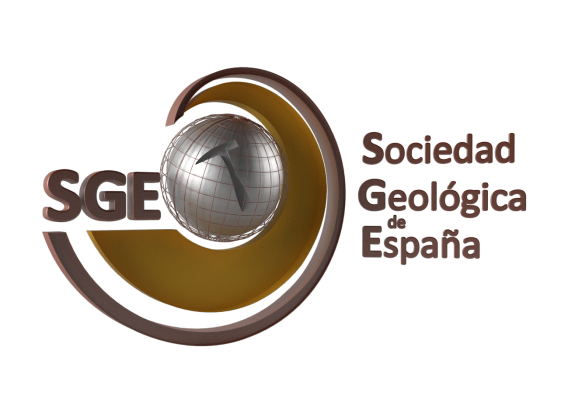Exploring polluted sediments as a potential resource: a mineral processing approach for the recovery of critical materials
DOI:
https://doi.org/10.55407/geogaceta98292Keywords:
sediments, magnetic separation, pollution, remediation, metals recoveryAbstract
Several metal(loid)s, such as arsenic, cadmium, copper, lead, and zinc, can be found in low concentrations in marine sediments and pose an environmental threat. However, these elements have economic value, leading to the use of physico chemical separation processes for recovery. To date, magnetic separation has not been used effectively for this purpose. This study aimed to apply wet high intensity magnetic separation (WHIMS) to extract these elements from contaminated sediments collected in the Avilés estuary in North Spain. A 50 kg composite sample was analyzed through wet-sieving and ICP-MS, revealing that the majority of the material (62%) was in the 125-500 µm grain size fraction, which revealed lower concentrations of these elements compared to the <125 µm fraction, the most contaminated one. Then, WHIMS was applied to both grain size fractions at different voltage intensities, resulting in excellent recovery rates, especially for the coarser fraction. Microscopy analysis indicated that magnetic separation concentrated metal-enriched particles with high iron content into a smaller volumen of sediment. These results suggest that magnetic separation is a feasible option for the recovery of metal(loid)s from contaminated sediments, offering a dual benefit of restoring the coastal area and retrieving valuable materials.
References
Akcil, A., Erust, C., Ozdemiroglu, S., Fonti, V. y Beolchini, F. (2015). Journal of Cleaner Production 86, 24–36. https://doi.org/f6v9rx
Anbuselvan, N., Senthil Nathan, D. y Sridharan, M. (2018). Marine Pollution Bulletin 131, 712-726. https://doi.org/gdwkvx
Baragaño, D., Ratié, G., Sierra, C., Chrastny, V., Komárek, M. y Gallego, J.R. (2022). Journal of Hazardous Materials 424, 127413. https://doi.org/j8cz
Baragaño, D., Gallego, J.R., Menéndez-Aguado, J., Marina, M.A. y Sierra, C. (2021). Chemical Engineering Journal 408, 127325. https://doi.org/ghgtbq
CCME, 2001. Canadian Water Quality Guidelines for the Protection of Aquatic Life: CCME Water Quality Index 1.0, Canadian Water Quality Guidelines for the Protection of Aquatic Life.
Flor-Blanco, G., Flor, G. y Pando, L. (2013). Geo-Marine Letters 33, 143-157. https://doi.org/f4tpbj
Gao, M., Sun, Q., Wang, J. y Ding, S. (2021). Science of The Total Environment 782, 146930. https://doi.org/gp9x6q
Mossinger, J., White, M. y Goymer, P. (2013). Nature 504, 35. https://doi.org/qcx
Mulligan, C.N., Yong, R.N. y Gibbs, B.F. (2001). Journal of Hazardous. Materials 85, 145–163. https://doi.org/b7mfng
Downloads
Published
How to Cite
Issue
Section
License
Copyright (c) 2023 Diego Baragaño, Edgar Berrezueta, Juan María Menéndez-Aguado

This work is licensed under a Creative Commons Attribution-NonCommercial-ShareAlike 4.0 International License.
Until the year 2023 the author assigned the copyright to the Sociedad Geológica de España, but from 2024 the author retains the copyright and grants the Sociedad Geológica de España the right of first publication and non-exclusive distribution of each article in all current or future media, while transferring, also non-exclusively, the commercial rights for the distribution of the printed version of Geogaceta. On the other hand, the articles, from the year 2023, are available simultaneously with their publication, under the Creative Commons CC BY-NC-SA 4.0 license, which allows copying, transforming the work, but if any transformation is distributed, the new work must be distributed under the same license, and never for commercial purposes, while acknowledging the authorship and original publication in GEOGACETA, so that the only role of copyright is to give authors control over the integrity of their works and the right to be properly acknowledged and cited.









